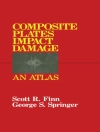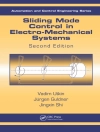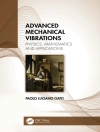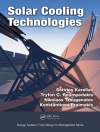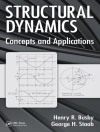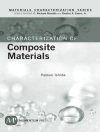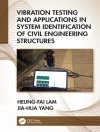In the current climate of increasing complexity and functional
integration in all areas of engineering and technology, stability
and control are becoming essential ingredients of engineering
knowledge. Many of today’s products contain multiple
engineering technologies, and what were once simple mechanical,
hydraulic or pneumatic products now contain integrated electronics
and sensors. Control theory reduces these widely varied technical
components into their important dynamic characteristics, expressed
as transfer functions, from which the subtleties of dynamic
behaviours can be analyzed and understood.
Stability and Control of Aircraft Systems is an
easy-to-read and understand text that describes control theory
using minimal mathematics. It focuses on simple rules, tools and
methods for the analysis and testing of feedback control systems
using real systems engineering design and development examples.
* Clarifies the design and development of feedback control
systems
* Communicates the theory in an accessible manner that does not
require the reader to have a strong mathematical background
* Illustrated throughout with figures and tables
Stability and Control of Aircraft Systems provides both
the seasoned engineer and the graduate with the know-how necessary
to minimize problems with fielded systems in the area of
operational performance.
विषयसूची
Series Preface.
Preface.
1. Developing the Foundation.
1.1 Engineering Units.
1.2 Block Diagrams.
1.3 Differential Equations.
1.4 Spring-Mass System Example.
1.5 Primer on Complex Numbers.
1.6 Chapter Summary.
2. Closing the Loop.
2.1 The Generic Closed Loop System.
2.2 The Concept of Stability.
2.3 Response Testing of Control Systems.
2.4 The Integration Process.
2.5 Hydraulic Servo-actuator Example.
2.6 Calculating Frequency Response.
2.7 Aircraft Flight Control System Example.
2.8 Alternative Graphical Methods for Response Analysis.
2.9 Chapter Summary.
3. Control System Compensation Techniques.
3.1 Control System Requirements.
3.2 Compensation Methods.
3.3 Applications of Control Compensation.
3.4 Chapter Summary.
4. Introduction to Laplace Transforms.
4.1 An Overview of the Application of Laplace Transforms.
4.2 The Evolution of the Laplace Transform.
4.2.1 Proof of the General Case.
4.3 Applying Laplace Transforms to Linear Systems Analysis.
4.4 Laplace Transforms – Summary of Key Points.
4.5 Root Locus.
4.6 Root Locus Example.
4.7 Chapter Summary.
5. Dealing with Nonlinearities.
5.1 Definition of Nonlinearity Types.
5.2 Continuous Nonlinearities.
5.3 Discontinuous Nonlinearities.
5.4 The Transport Delay.
5.5 Simulation.
5.6 Chapter Summary.
6. Electronic Controls.
6.1 Analog Electronic Controls.
6.2 The Digital Computer as a Dynamic Control Element.
6.3 The Stability Impact of Digital Controls.
6.4 Digital Control Design Example.
6.5 Creating Digital Control Algorithms.
6.6 Chapter Summary.
7. Concluding Commentary.
7.1 An Overview of the Material.
7.2 Graphical Tools.
7.3 Compensation Techniques.
7.4 Laplace Transforms and Root Locus Techniques.
7.5 Nonlinearities.
7.6 Digital Electronic Control.
7.7 The Way Forward.
Index.
लेखक के बारे में
Roy Langton has recently retired from his position as Vice-President, Engineering & Integrity at Parker Aerospace, where he was responsible for internal seminars & training into feedback control.


